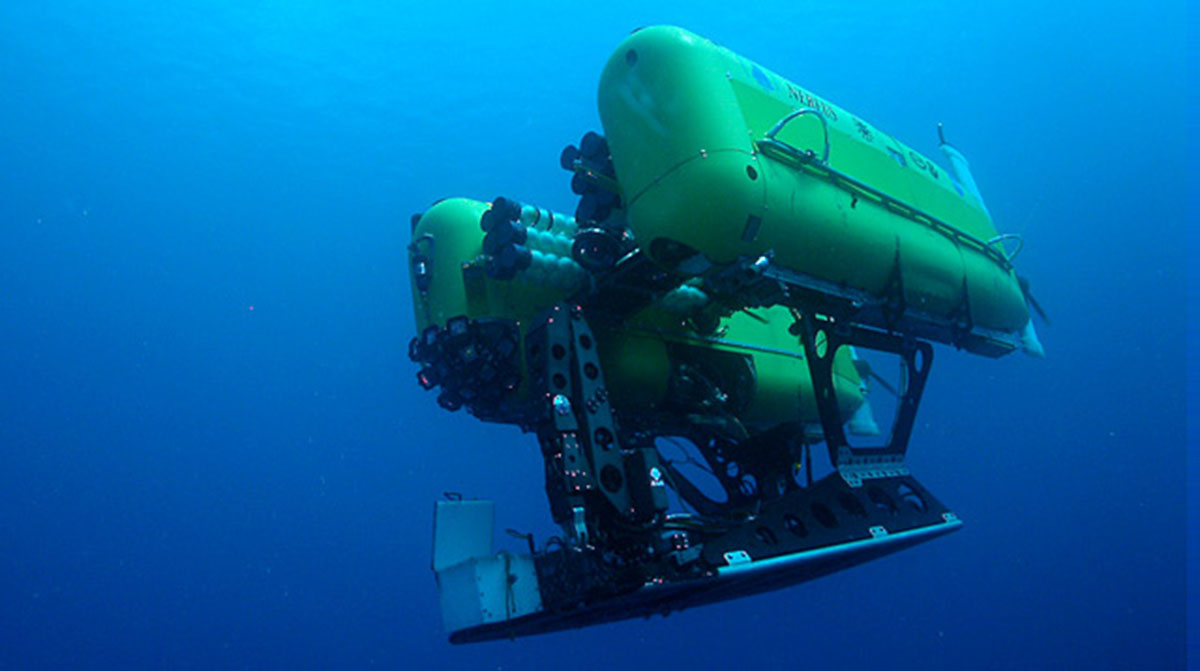Cape Cod Research Institute’s Underwater Exploration System Vanishes at Sea

Image video Woods Hole oceanographic Institution
An unmanned underwater vehicle owned by researchers on Cape Cod was lost more than six miles beneath the ocean’s surface while exploring marine life near New Zealand over the weekend.
The Nereus, an autonomous device credited with “addressing some of the most fundamental scientific problems” and taking researchers to ocean depths they never dreamed possible, likely imploded during a deep-sea dive in the Kermadec Trench, according to officials from the Woods Hole Oceanographic Institute.
“Extreme exploration of this kind is never without risk, and the unfortunate loss of Nereus only underscores the difficulty of working at such immense depths and pressures,” said Larry Madin, the director of research at the Woods Hole Oceanographic Institute.
Madin said no one was hurt because the submarine was remote-controlled. Relatively undeterred by the setback, he said scientists and engineers will continue to design, construct, and operate even more advanced vehicles to explore the most remote and extreme depths of the ocean.
The vessel, built in 2008 by the Deep Submergence Lab at the Woods Hole Oceanographic Institution on Cape Cod, with the help of federal funding, was lost some 9,000 meters underwater, and likely succumbed to 16,000 pounds-per-square-inch of pressure as it tested its limits during the exploration.
The Nereus was almost finished its 40-day trek into the deep blue sea, as part of a study of a trench in the Pacific Ocean, under chief scientist Timothy Shank, a biologist from the Cape who helped bring the unmanned vehicle to fruition. “It was a one-of-a-kind vehicle that even during its brief life, brought us amazing insights into the unexplored deep ocean, addressing some of the most fundamental scientific problems of our time about life on Earth,” Shank said in a statement.
After the team lost contact with the vessel, they launched a search near the site where it took its deep dive, and later recovered what they believed to be pieces of the expensive exploration system. The debris indicated to researchers that the implosion was “catastrophic,” but they want to use the scraps recovered during the mission to find out what went wrong, so if they launch similar unmanned research devices in the future they can learn from the mishap.
According to Woods Hole officials, Nereus, during prior explorations into some of the deepest points in the ocean, brought back animal specimens previously unknown to humans, and recovered seafloor sediment that shapes the ocean’s floors. The robots previous journeys and discoveries could help figure out the chemical and physical make-up of the untouched ecosystem far below the shoreline, officials said.


